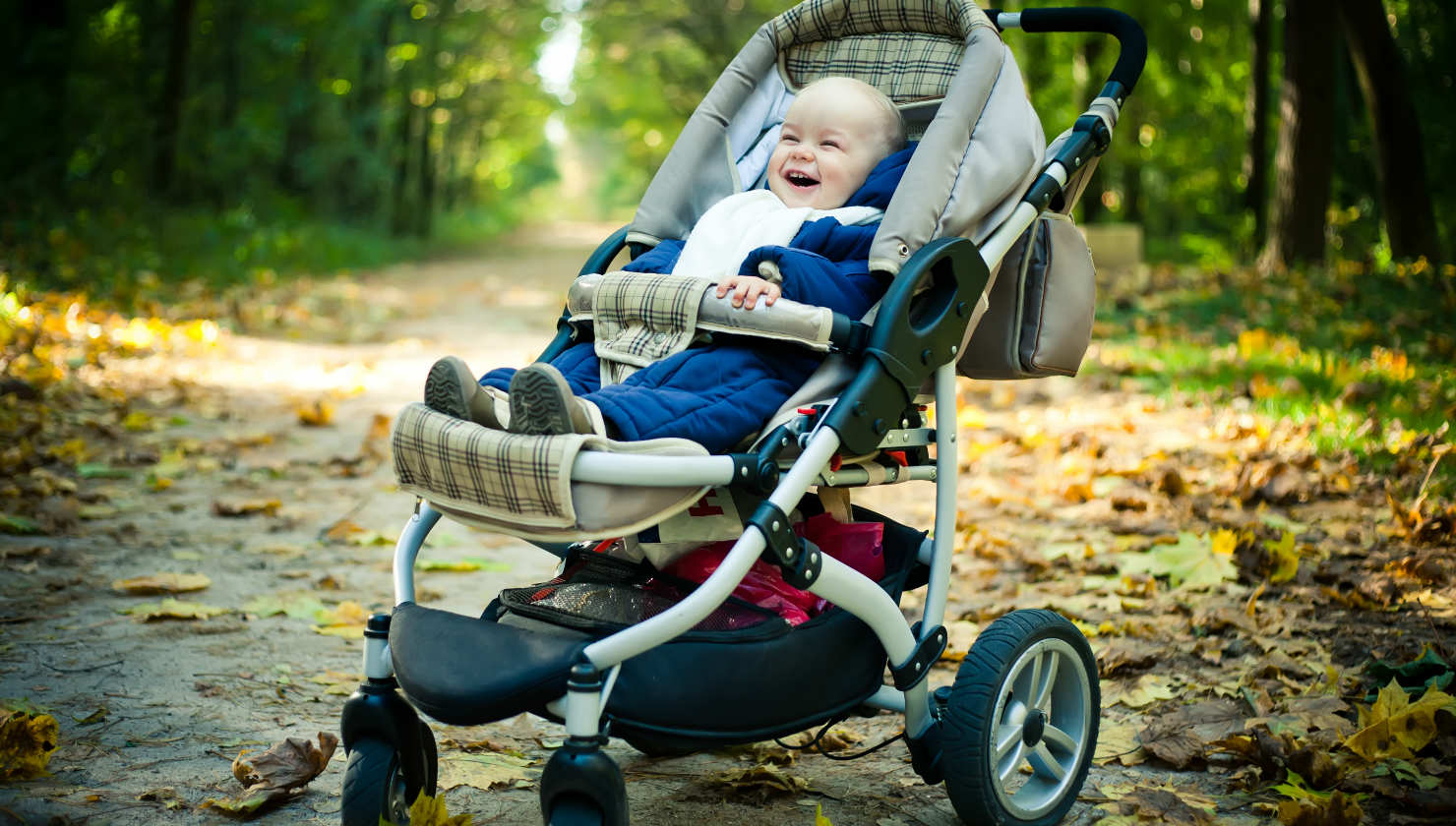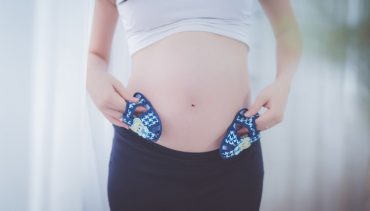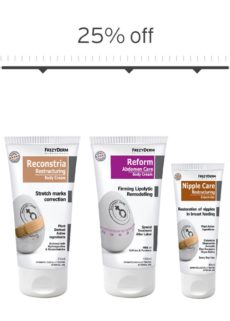
How to Take Care of Your Nipples Whilst Breast Feeding
Breastfeeding your baby is a very special time, and it plays an important role in bonding through the release of oxytocin – the brain’s bonding chemical. It’s also the best way to give your new-born the nutrition they need to be happy and healthy.
Acting Quickly
The fewer obstacles there are in the way of breastfeeding, the better for both of you. That means tending to any soreness and pain, and seeking advice from an expert (like your midwife), should be top priorities!
If you do experience these problems, it’s important to fix them quickly. Painful feeding is likely to affect your mood and attitude towards nursing your child, so it’s best for everyone to make transition to happy feeding as soon as possible.
Latching
If feeding your baby is causing you pain, it’s most likely because your nipple is being caught in the baby’s hard palate. At the front of the mouth, near where their teeth will grow, is the hard palate. Further back in the mouth, this turns very soft, and is called the soft palate.
If your baby is attaching properly, your nipple will be positioned towards the roof of the soft palate, and feeding won’t be painful (though it will certainly feel strange at first!). Your child is clever and has a set of natural reflexes called the rooting instinct to help them get into a good feeding position, but it’s something you will both get better at with a few day’s practice!
If you are having difficulties latching properly, take a look at the NHS’s fantastic resources for breastfeeding. Speak to your midwife for extra support if you are having difficulty.
Repairing the Damage
If you have already suffered a little nipple soreness, there are some things to do that you might find help ease the pain.
Preventing your nipples from drying out will help minimise any damage. Avoid washing with soap, since this will dispel the natural oils your body produces to keep your nipples hydrated. As usual, nature has solved everything – the oils, which are secreted from the small glands around your nipple, even discourage bacterial growth, so you don’t have to worry too much about germs. Washing only with warm water will help keep this natural protection.
If nipples become cracked, then applying a reconstructing product like our Nipple Care Restructuring Cream-Gel can help reduce inflammation, and repair the minor wounds caused by feeding after four months.
You can even prepare for breastfeeding during pregnancy, with our Nipple Care Emollient Cream-Gel. With chamomile extract to help soothe, the cream-gel also improves micro-circulation around the nipple, keeping the skin elastic so it is more able to withstand your baby’s suckling motion.
Our baby products have been rigorously tested to make sure they are perfectly safe for your child, causing no allergic reactions or disruptions to natural breastfeeding. Although we believe they can help a lot, it’s crucial to remember that unless you work on properly latching during feeding, these things won’t help stop further pain!








